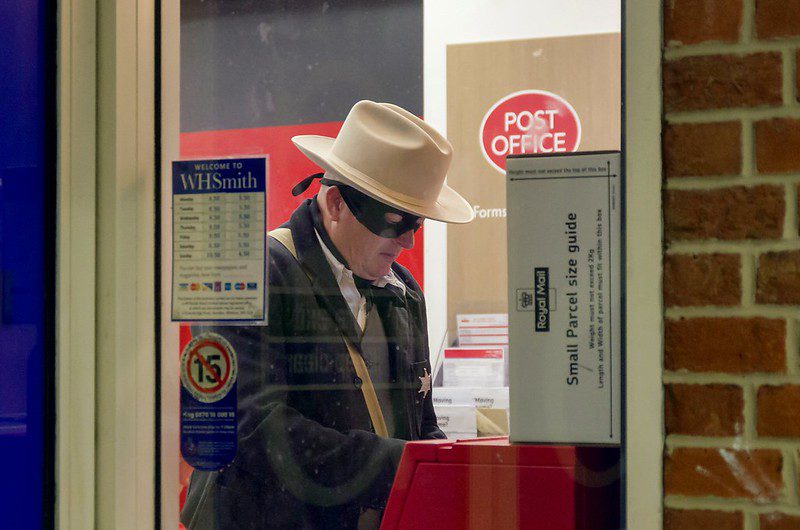A $4.5 Billion Bitcoin Theft and Customer Research
How far are you willing to go to understand and fix a problem?
Let’s start with the tenacity required to uncover $4.5 billion in stolen bitcoin.
This Wall Street Journal article explains how investigators uncovered $4.5 Billion in stolen bitcoin. If you want a great overview of bitcoin, W3, and other topics, try this Tim Ferriss podcast episode.
Contents
Why Steal Bitcoin- and Why Succeeding Is Difficult
“Cryptocurrency has long been a preferred option for criminals big and small, including ransomware operators, drug traffickers and street gangs due to its perceived anonymity and capacity for frictionless international transfers.
Despite its reputation as hard to trace, analysts say it is sometimes easier to track than hard currencies. Every transaction is public, leaving a permanent trail. The trick is tying that money to real people.”
So, you’re anonymous, but every transaction leaves a trail. Generally speaking, any type of theft has become more difficult, because technology allows us to store information (financial transactions, DNA, phone locations).
How The Theft Occurred
“The theft came in August 2016, when hackers used malware to infiltrate the Hong Kong-based Bitfinex exchange’s network and moved the bitcoin—then worth about $71 million—through more than 2,000 unauthorized transfers to an outside account. The money lay dormant for several months. In January 2017, small amounts began moving in a series of complex transactions, according to a criminal complaint”
The tough part is moving the money- particularly large sums of money- electronically without someone learning your identity. So, how did the thieves attempt to move funds?
“The stolen bitcoin was channeled through AlphaBay, an online marketplace operating on the dark web—a section of the Internet only accessible by special software where people can interact anonymously. AlphaBay also advertised itself as a cryptocurrency ‘tumbler’, a service that could exchange deposited bitcoin for others to help prevent tracing.”
My son showed me the dark web years ago- I didn’t go back.
You can find humorous short stories here.
The First Mistake
Once the money had been tumbled through AlphaBay, some of the money was deposited into new accounts at several exchanges. The exchanges were registered to foreign email addresses (created around the time that the hack occurred).
First mistake: the deposits were red flagged by the crypto exchange compliance departments- regulators that want to detect money laundering.
Hard Work Pays Off
Law enforcement had to analyze a ton of data to solve this crime.
“Every transaction of bitcoin is recorded in a public ledger for anyone to see—resulting in huge volumes of data. Analyzing their patterns can reveal groups that seem to share a common source or connection. Court documents show federal agents used software tools to sift through the data in search of connections and patterns, a process called cluster analysis.”
Here’s the pattern that federal agents detected:
- A fraction of bitcoin moved from the cluster to an exchange that sells prepaid cards
- A $500 Walmart gift card was sent to a Russian-registered email address
- The transaction was conducted through an IP address linked to a cloud service provided in New York that was linked to one of the thieves
- A portion of the gift card was redeemed through Walmart’s phone app, using one of the thieves’ email addresses- and the delivery went to the thieves’ address
Deliveries: my family gets so many Amazon packages, I think we have our own delivery truck.
Investigators found $40,000 in cash, and 50 electronic devices when they raided the apartment. They also found a file listing all of the addresses within the digital wallet where the bitcoin was kept.
They seized $3.6 billion in bitcoin (more was uncovered later).
Now, the investigation required a ton of work. The thieves’ idea was to make the electronic path so complicated that they would not be caught.
Many successful companies use this level of tenacity to understand what customers really want.
Join Conference Room: More content on accounting, personal finance, and humor/ short story topics. Video, blog posts.
How Netflix Learns What Viewers Want
Ever notice how the home page on Netflix is always changing- in small ways? The latest feature is displaying the top-viewed shows in ranked order, which gets my attention.
How do they make these decisions?
Netflix is relentless about using A/B testing (split testing), which is “a way to compare two versions of something to figure out which performs better.”
“Netflix’s A/B testing philosophy is about building incrementally, using data to drive decisions, and failing fast.”
Here are some examples:
- They know that they need to capture your attention in less than 90 seconds, or you’ll move onto something else
- Netflix knows that you look at the images first- then read the details about a show
- Images with facial expressions draw more clicks, and villains (surprisingly) drive more viewer engagement
- Viewers prefer images with three of fewer characters
So, how much effort are you making to find out what customers want?
Tell Me What You Want- What You Really, Really Want
If you’re like me, you always avoid answering survey questions online, and after I finish a customer support call. No offense- I’m just busy. But some people are willing to provide answers, particularly if they had a really good (or sadly, a really bad) experience.
So ask your customers and prospects. If will take time, but you can eventually gather data to provide more effective products and services to your clients. The best part? Most of your competitors won’t do it- which is why Netflix has thrived.
All food for thought.
Ken
Image: Masked Robbery
Sasastro (CC By 2.0)

